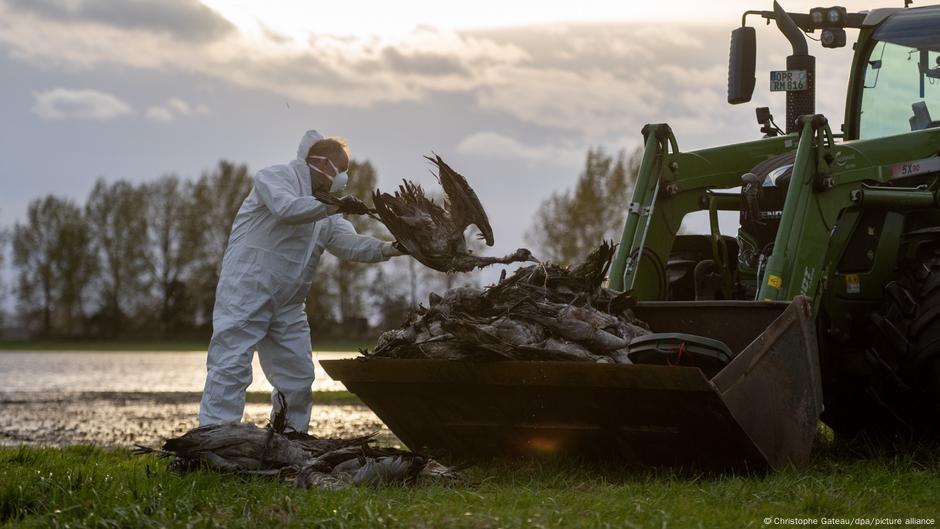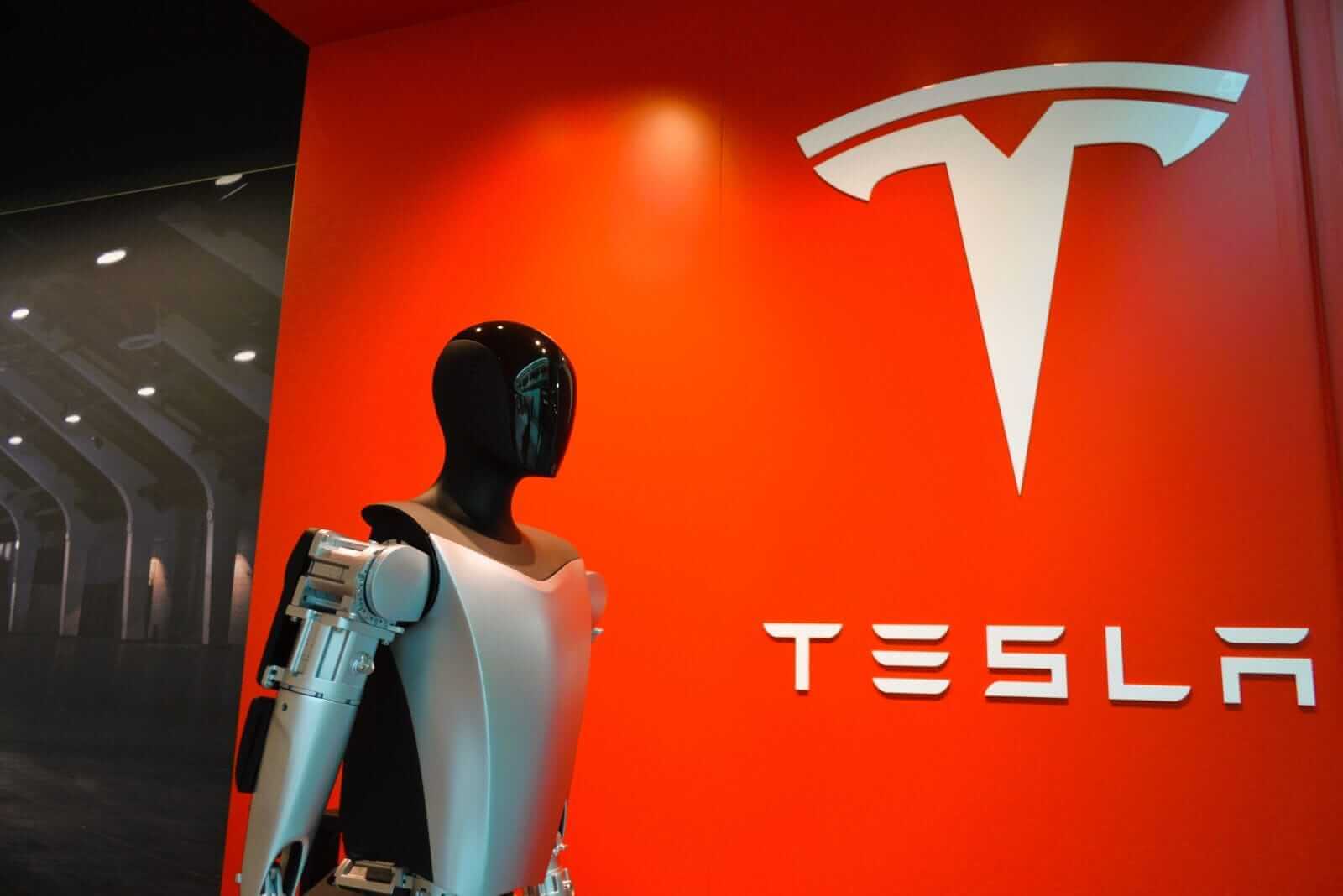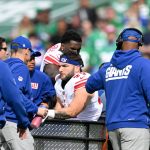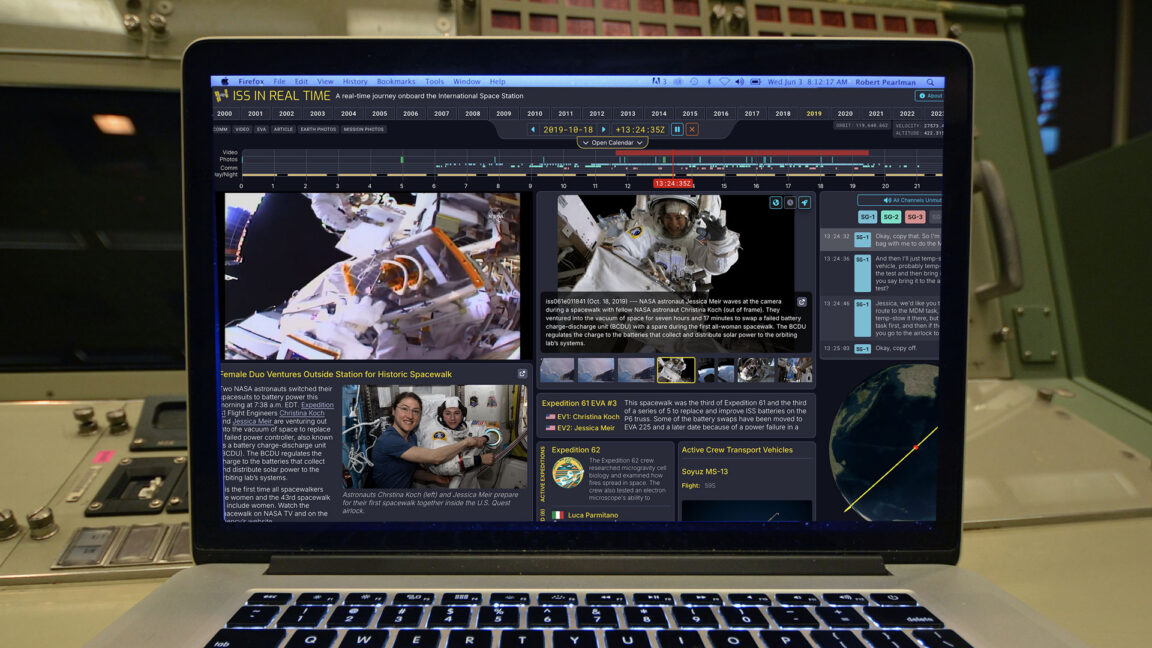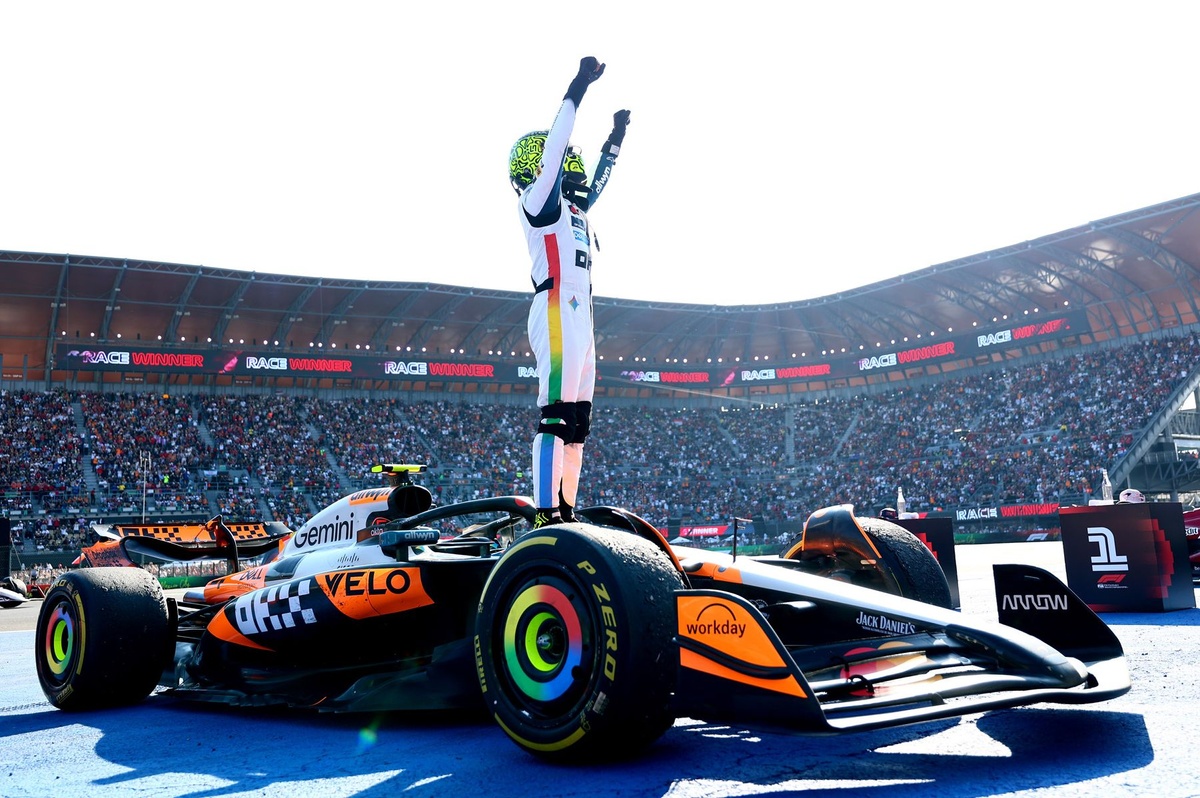There is always something happening around Tesla (TSLA). As the world’s most valuable car company looks to change the future, the soap opera-like circumstances the company finds itself in are enough fodder to keep the limelight on it at all times. Just when one expected that CEO Elon Musk’s tumultuous relationship with the Trump administration was on the back burner, the company’s board proposed a $1 trillion pay package for him.
Evidently, the situation is far from resolved, as Tesla has found another way to stay in the headlines apart from its core operations. This unraveled further in the latest earnings call of the company, where Musk labeled proxy firms ISS and Glass Lewis “corporate terrorists” for proposing to reject his humongous pay package.
Tesla’s Mixed Q3
Shifting away from the rhetoric, Tesla’s numbers for the latest quarter were a mixed bag, with enough relevant insights for both the bulls and bears alike. While reporting a beat on revenues, Tesla’s earnings missed estimates.
Revenues of $28.1 billion marked an annual growth of 12% after all the key segments increased in the same period. Automotive, still the core revenue driver for the company, saw revenues of $21.2 billion in Q3, up 6% from the previous year. Meanwhile, service revenues were up 25% year-over-year (YoY) to come in at $3.5 billion, and the rapidly growing energy generation and storage segment stayed true to its nature by increasing by a massive 44% yearly to $3.4 billion.
Moreover, this was the first revenue beat from the company in five quarters. Yet, the skeptics attributed the rise in sales to the end of the EV tax credits while also not sounding very enthusiastic about the pace of adoption of the newly launched Model 3 and Model Y vehicles.
However, earnings missed Street expectations for the fourth consecutive time, as at $0.50, it was not only lower than the consensus estimate of $0.56, but it was 31% lower than the previous year’s figure of $0.72. Worryingly, margins also shrank to 15% from 18.5% in the corresponding period a year ago.
The picture in terms of cash flows was a bit better, though. In Q3 2025, net cash from operating activities of $6.2 billion remained unchanged from the previous year. However, free cash flow shot up by 46% yearly to $3.9 billion. Overall, the company closed the quarter with a cash balance of $41.6 billion, much higher than its short-term debt levels of $31.3 billion.
Coming to key operational metrics, production slipped by 5% from the previous year to 447,450 vehicles, while on the other hand, deliveries increased by just 7% in the same period to 497,099 vehicles. Muted numbers on this front seem to represent a demand problem for Tesla, thanks in no small part to the Chinese competition and the end of the aforementioned tax credits. However, metrics for the energy segment continue to elicit optimism for the company. While storage deployed for Q3 2025 stood at 12.5 GWh (vs. 6.9 GWh in Q3 2024), the number of supercharger stations and connectors rose to 7,753 and 73,817, an annual growth of 16% and 18%, respectively.
Thus, even though the energy segment is chugging along at a healthy tick, Musk’s excitement and focus remain directed more towards AI, robotics, and autonomous vehicles. So, decent growth notwithstanding, pinning hopes on the segment for the future expansion of the company is not going to happen.
AI & Robotics It Is Then
Despite all the brouhaha and negative headlines, the TSLA stock is still up 11% on a year-to-date (YTD) basis, with a market cap of $1.4 trillion. A substantial portion of this huge market cap is being bet on robotics and AI, and in the ensuing annual meeting on Nov. 6, shareholders will be keenly watching what Musk has to say about both.
As highlighted in my most recent Tesla piece, I had drawn attention to the fact that Musk expects 80% of the company’s future value will be derived from robotaxis and humanoid robots. While the response about the robotaxi, which was launched in June of this year in Austin, was mixed, for robots, Musk has asserted that Tesla will be building between 500,000 and 1 million robots by 2027.
Central to this lies Tesla’s in-house AI framework, driven by the Dojo system (distinct from the earlier Dojo Supercomputer project, now abandoned), which taps into a vast trove of video footage to refine neural networks capable of navigating the erratic challenges that confront drivers every day. Layered on top is the company’s expansive Supercharger infrastructure worldwide, which further cements user commitment. With each vehicle functioning as an always-on hub, Tesla vehicles pull in seamless over-the-air enhancements, Full Self-Driving (FSD) enhancements, and mobile app connectivity, fostering escalating network dynamics and barriers to change that grow stronger with each passing mile.
Essentially, Tesla’s command over the entire value chain, from production lines and software layers to charging grids, ensures it retains full sway over margins, price setting, and direct ties to buyers. This end-to-end control affords Elon Musk the bandwidth to test aggressive affordability models, potentially rendering traditional vehicle purchases obsolete altogether.
Shifting to robotics, Musk recently shared a near-term roadmap, noting, “We look forward to unveiling Optimus V3 in Q1, 2026. It won’t seem like a robot but a human in a suit.” He anticipates this humanoid will outpace any prior Tesla launch in scaling and unlock a staggering $10 trillion in potential sales. That bold projection rests on clear edges Optimus holds against rivals.
For starters, Tesla aims to bring unit costs below $20,000, undercutting peers like Boston Dynamics’ Atlas, Agility Robotics’ Digit, or Figure AI’s Figure 01, which run $70,000 to $150,000 apiece. Beyond price, Optimus embeds enduring flexibility into Tesla’s expansive AI and automation landscape. Even in its pre-revenue phase, it draws on the firm’s integrated capabilities, spanning neural net development, specialized components, and high-volume assembly, to carve out a distinctive niche where robotics meets self-driving tech and lean manufacturing.
Analyst Opinion on TSLA Stock
However, this is all in the future and yet to materialize. Although Musk has been wildly successful with the mass adoption of EVs and reusable rockets, which has resulted in immense shareholder wealth creation for Tesla shareholders, analysts are still not convinced. They have earmarked an overall rating of “Hold” for the stock with a mean target price that has already been surpassed. The high target price of $600 denotes an upside potential of about 32% from current levels. Out of 42 analysts covering the stock, 14 have a “Strong Buy” rating, two have a “Moderate Buy” rating, 17 have a “Hold” rating, and nine have a “Strong Sell” rating.
On the date of publication, Pathikrit Bose did not have (either directly or indirectly) positions in any of the securities mentioned in this article. All information and data in this article is solely for informational purposes. For more information please view the Barchart Disclosure Policy here.
First Appeared on
Source link








